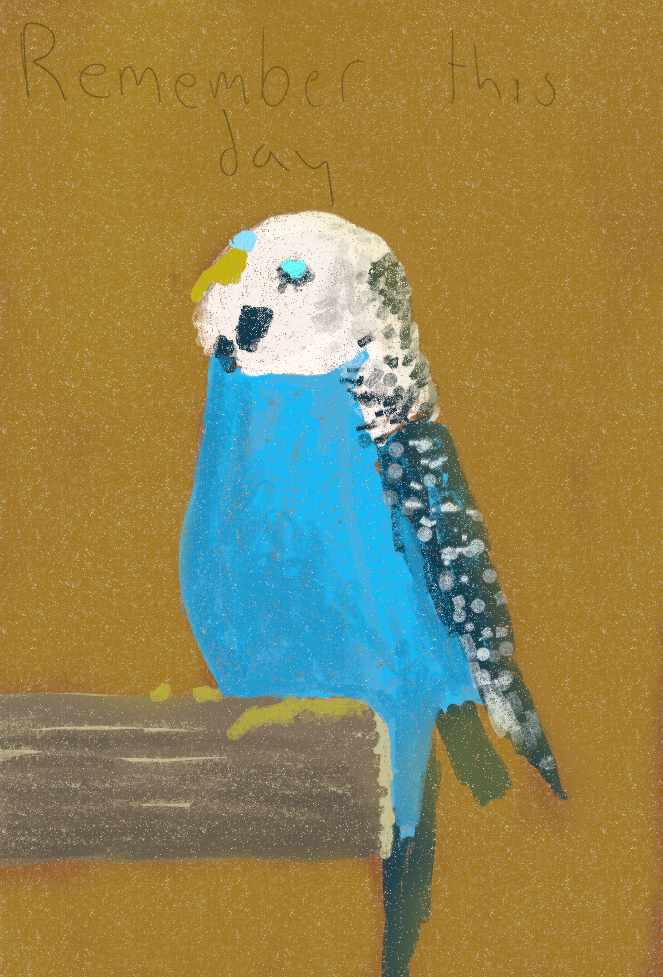AI reads text from ancient Herculaneum scroll for the first time
This is exactly the sort of thing AI should be used for - the stuff that humans can’t do. Writing nonsense articles or creating bad art should be left to the humans.
I would like to retract my previous comment.
Humans can do this, which is why the AI was able to. AI just automated the process, which is great, but the same thing as Excel replacing handwritten spreadsheets or genome sequencing projects which in both cases speed up things people are able to do.
The AI is reading text on unopenable scrolls based on miniscule differences in texture on areas that were inked. It was trained on openable scrolls where they knew what text was on the other side of them. The whole point of the article was to talk about how this makes the contents of the unopenable scrolls at all accessible, unlike prior because humans cannot read them. It feels like you didn’t read the article.
Slapping an edit here: this comment was inaccurate. Compared to using AI for this, humans working out what the scrolls say is infeasible given how long it would take, but I don’t think it’s fair to say impossible
AI is not a sensor. The sensor let them sense things in the scroll. The AI used methods that could be done by people, just a lot faster. It is very impressive, but not something people are unable to do, just not able to do in a reasonable amount of time.
Fair point. I jumped to assuming you were saying something you weren’t, my bad.
What do you mean? Humans have been translating ancient texts for actual centuries. What is this bot doing that a human can’t?
Did you read the article? The scroll is damaged. They had to use a machine to basically read the remnants without unrolling it.
deleted by creator
“We’ve been trying to reach you about your wooden cart insurance…”
I think this is the best one so far
Probably more complaints about Al-Nasir and his shitty Copper.
the oldest known written complaint in case anyone’s confused
Fuck Al-Nasir, all my homies hate his copper
And it says, “you know what would really suck? If a volcano erupted in the middle of me writing thi”
Or maybe “everything is going so well right now. Nothing could go wrong!”
“I’m on top of the world. Could life get any better than this?”
And then BOOM! In all seriousness I couldn’t even imagine what that must have been like. Absolutely terrifying.
And there hadn’t been an eruption in so many centuries that they didn’t even know Vesuvius was a volcano.
This is really cool.
Basically, these are a bunch of burnt scrolls. When you try to open, they’re just carbon and they crumble really easily.
The AI was trained on some of the ruined fragments, then the intact scrolls were scanned, and the AI is able to decipher spots that were basically “differently wrinkly” because of the organic ink that had been used on top of the papyrus, which caused it to wrinkle a bit differently when burnt.
So in this case, the AI actually helps us read scrolls that would be destroyed if a human were to try to pick apart the burnt remnants.
This whole thing is significant because this library of burnt scrolls might have original writing by both known and unknown authors from that period.
There’s a lot of classical works we only know of because other writers referenced them. The originals are lost, and the citations are the only remains. Also, some works we only know because scribes copied and re-copied books over the centuries to preserve them. And with copying and re-copying, mistakes or changes might happen.
It’s possible in this library of burnt scrolls that we might find an original uncopied/unaltered work so we can compare the ancient version of it with versions copied and re-copied over centuries, or a work that we know from citations but don’t have an actual copy of.
It’s really exciting.
AI has been really exciting in general where it comes to deciphering lots of old text. Personally, I’m waiting for tons of unread/unstudied cuneiform tablets to be scanned/auto-translated, because even if the AI has some errors, being able to text-search in English (or whatever language) for certain keywords will make it easier to realize one of those unstudied tablets might hold something unusual or interesting. Basically, it’d give an easier way to triage which ones might be useful for an actual human to study.
To piggy back on this, there are a lot of groups that the only things we know about them is from what their adversaries wrote about them. These are obviously not truly reliable sources. We’re not there yet but I imagine this is what it must have been like when the Nag Hammadi collection was found in the 40s.
For hundreds of years people have dreamed of the day when technology could unlock these doors to the forgotten past. It’s simply incredible to be alive to witnesses the future that the people who first uncovered them hoped would come.
My thoughts exactly. It’s wonderful that these artifacts were preserved just in the hope that they could be read someday.
But did it make up half of what it “read”?
Removed by mod
All fun and games until someone feeds it a shem scroll intended for a golem.










